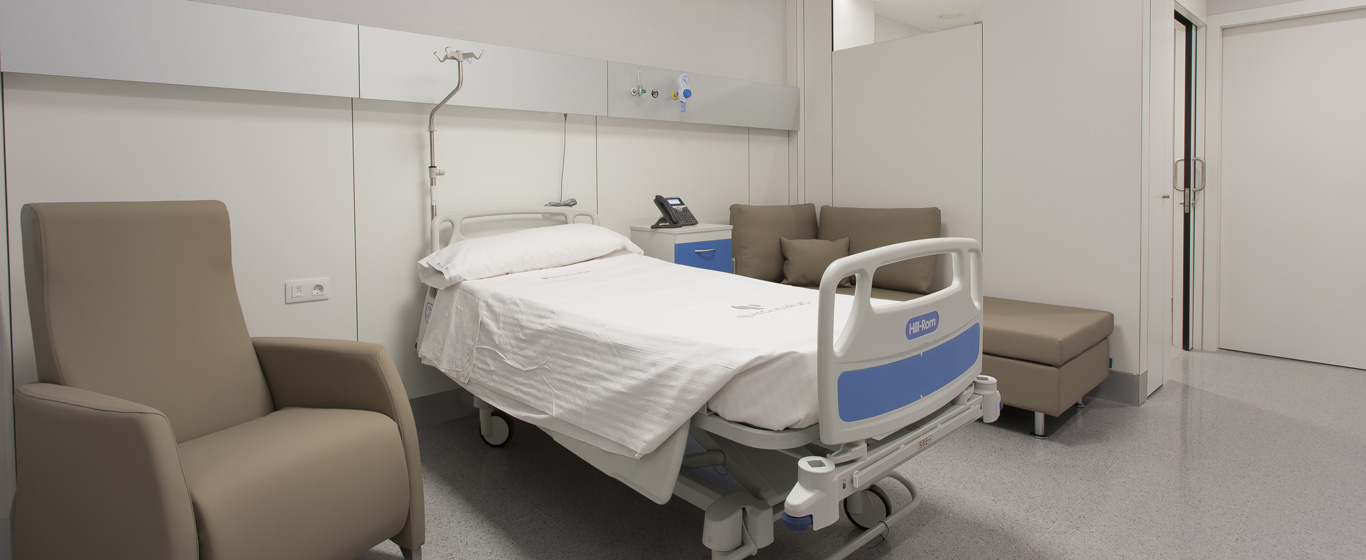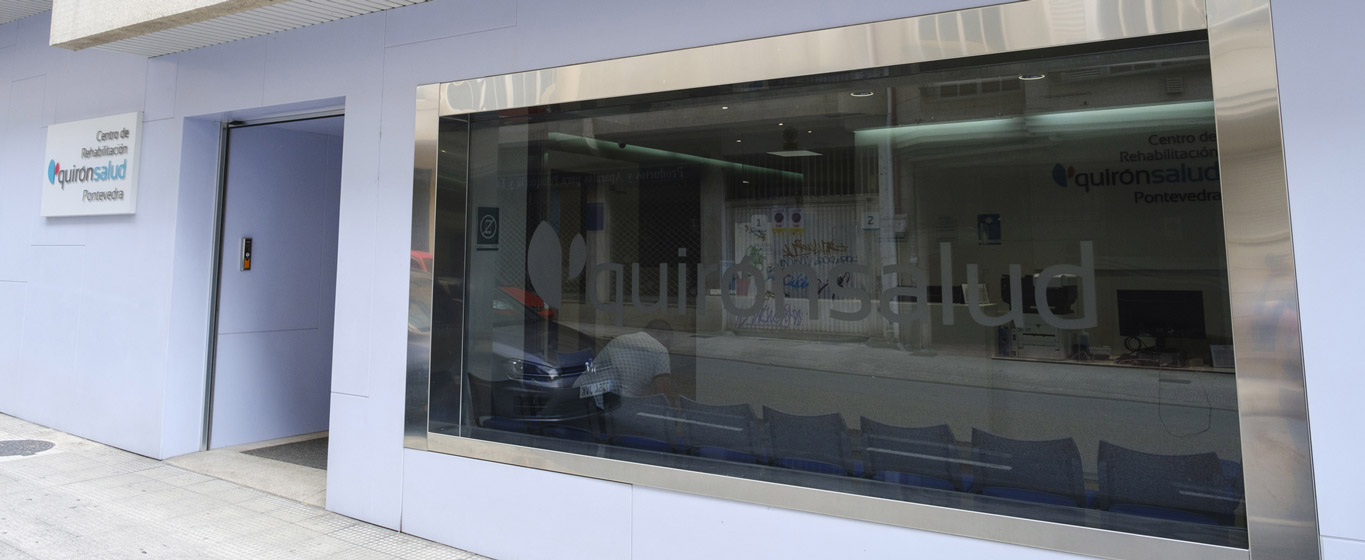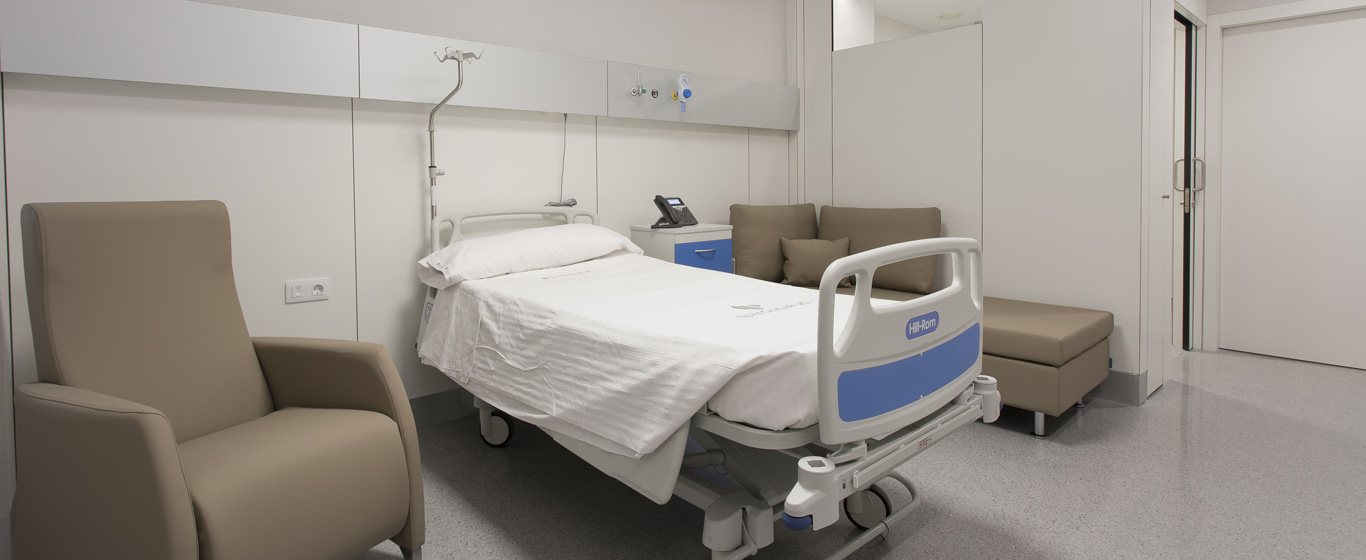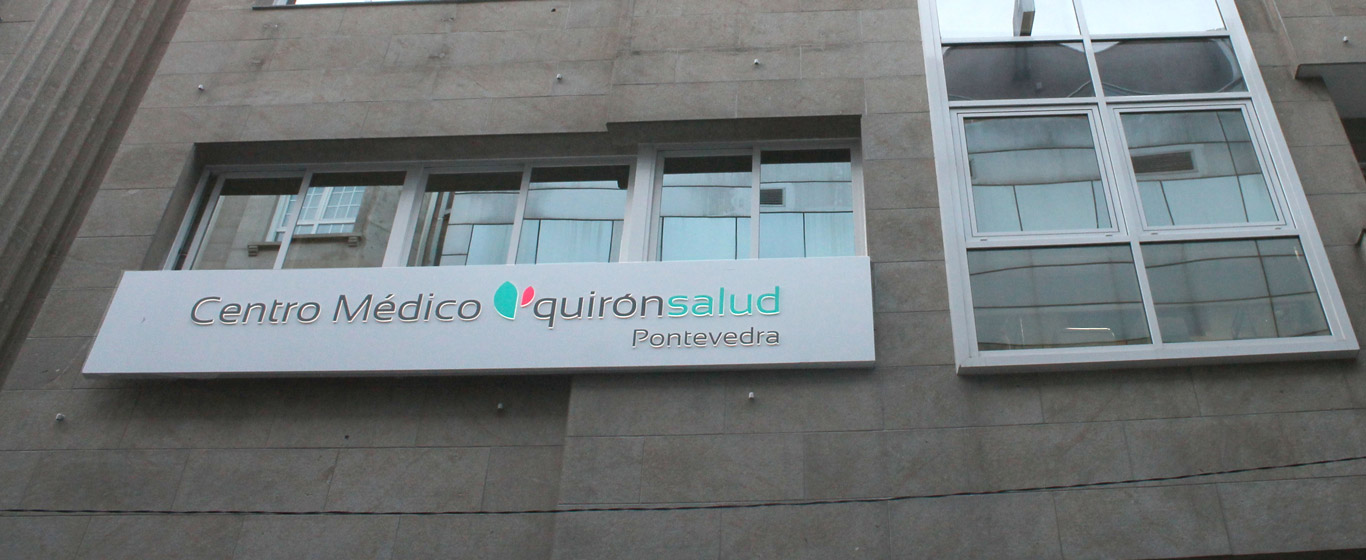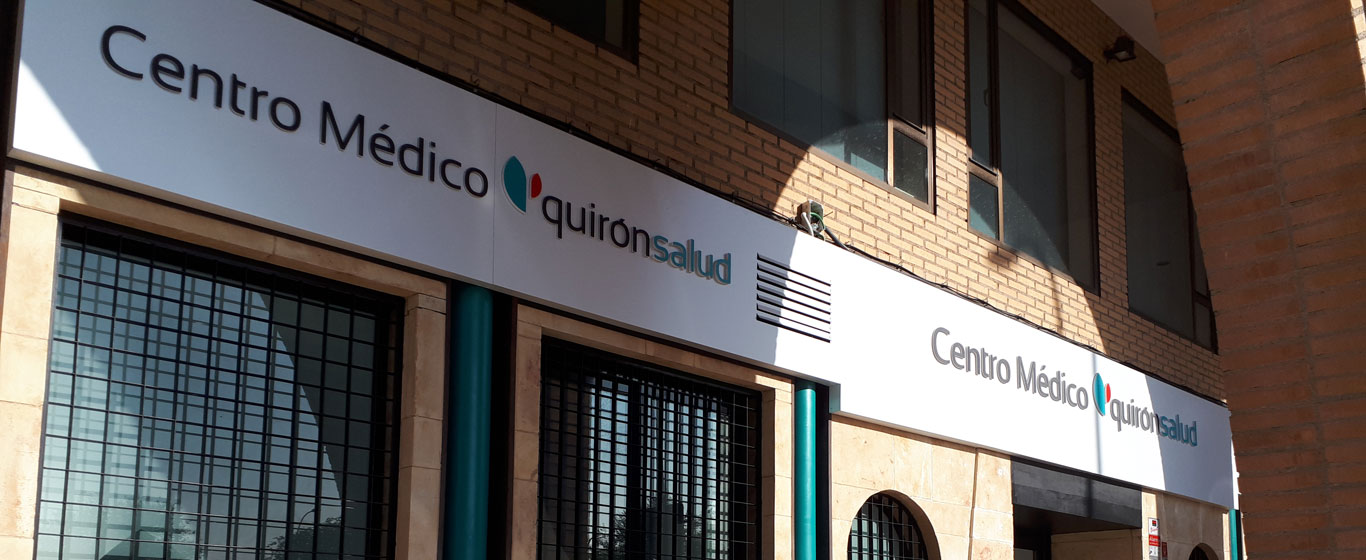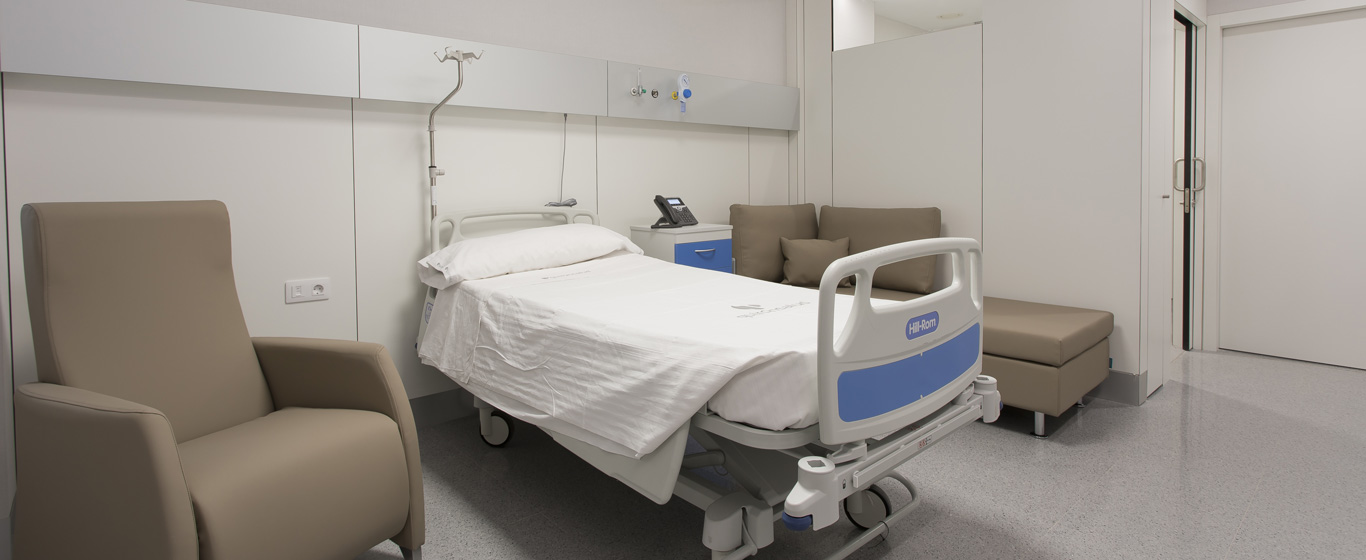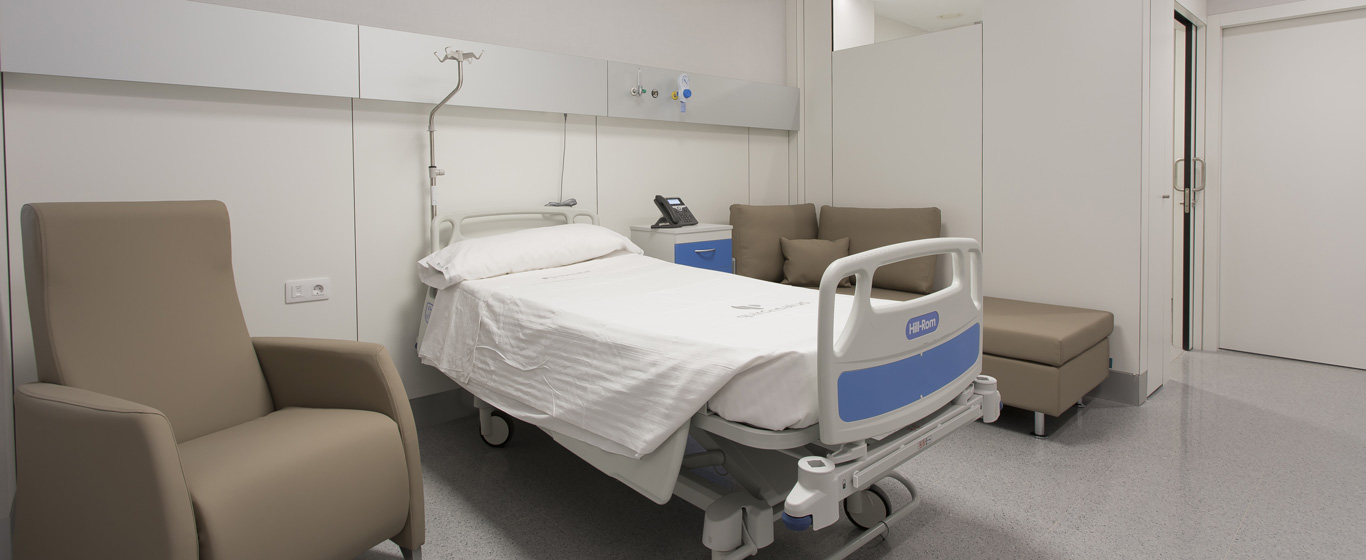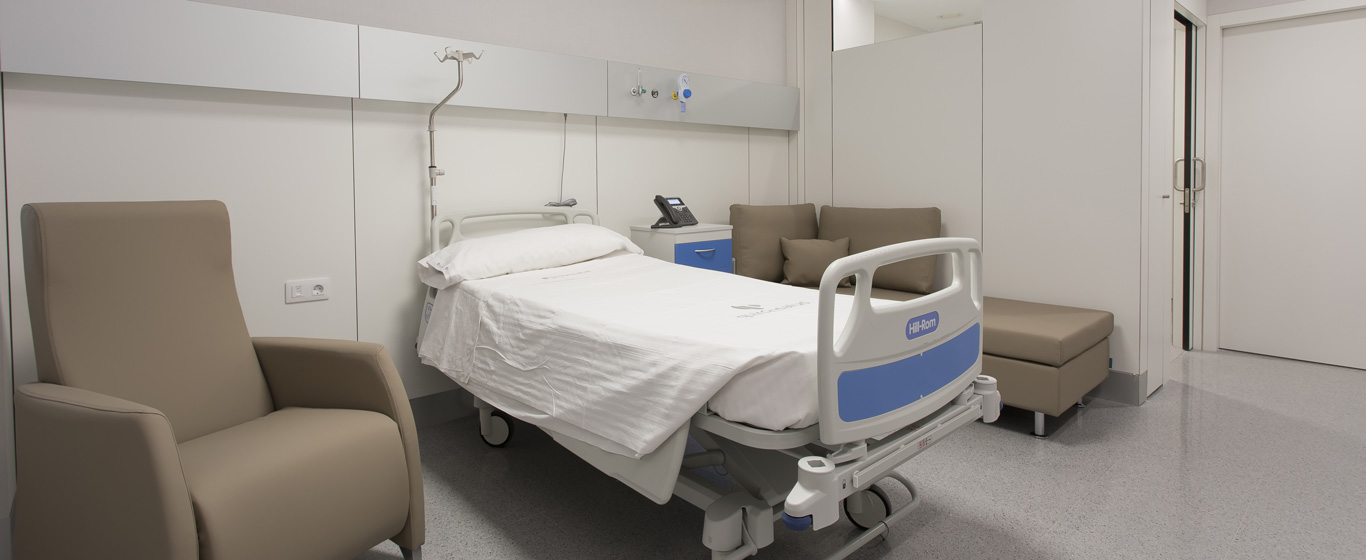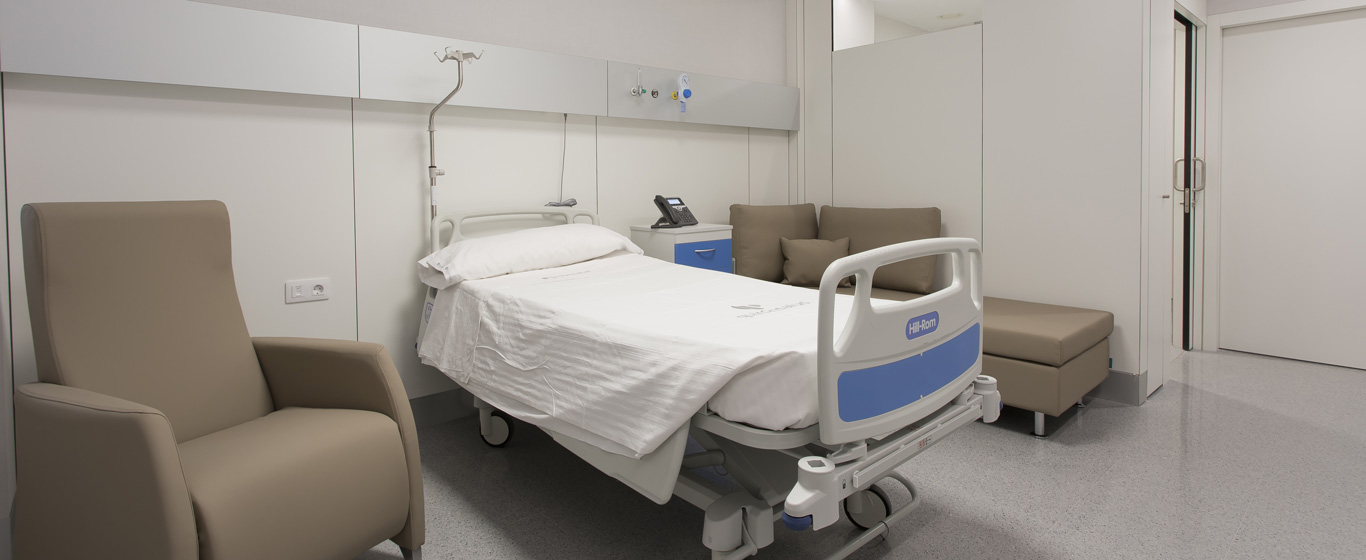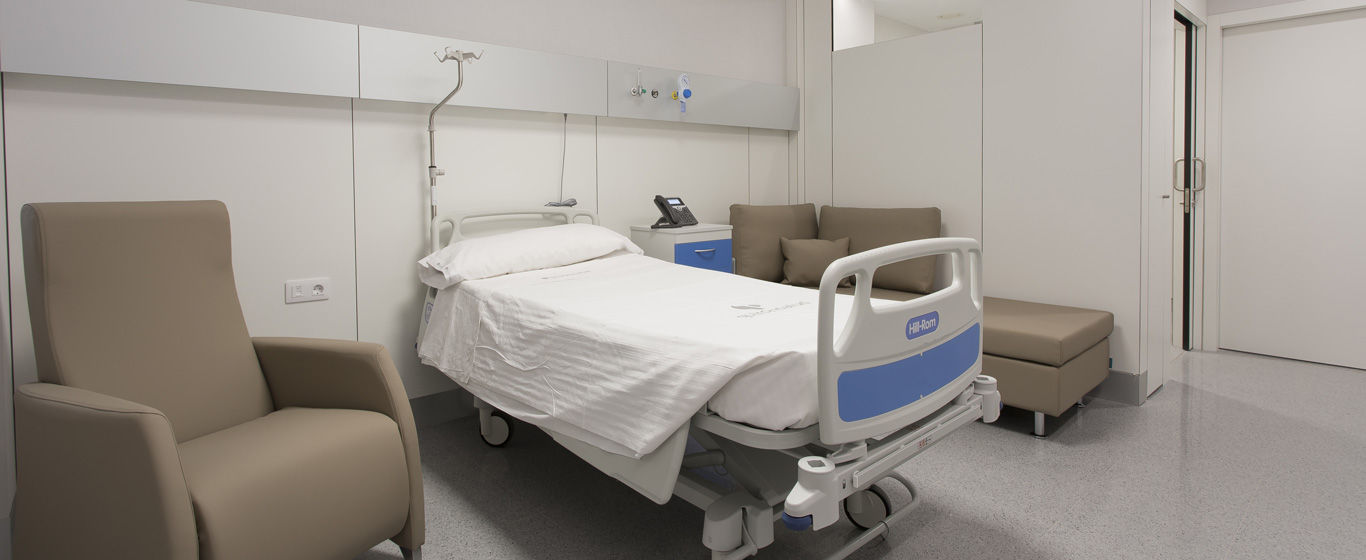Osteoarthritis
What is osteoarthritis? Information about its causes, symptoms, and tips to improve it.
Symptoms and Causes
Osteoarthritis is a degenerative disease that destroys cartilage and damages joint tissues. This destruction of the cartilage covering the surfaces of the joints removes bone protection, causing pain as the bones rub against each other when moving. Osteoarthritis is classified as primary when the causes are unknown and as secondary when it is associated with other conditions, such as diabetes or gout.
Depending on the affected joint, different types of osteoarthritis are identified:
- Cervical osteoarthritis: Affects the spine at the neck level.
- Lumbar osteoarthritis: Wears down the vertebrae located between the ribs and the pelvis.
- Hip osteoarthritis: One of the most common types, it damages the connection between the hip and the femur.
- Hand osteoarthritis: Affects all the joints in the hand.
- Knee osteoarthritis: Deteriorates the articular cartilage located between the femur, tibia, and fibula.
Since this is a degenerative condition, its negative effects worsen over time. This is one of the main reasons why it primarily affects older adults.
Symptoms
The most characteristic symptom of osteoarthritis is joint pain. It is usually sharp and appears during exertion. Although it may persist for some time, it typically disappears after resting. Along with this discomfort, other signs of the disease may appear, such as:
- Stiffness and loss of flexibility: The range of motion decreases.
- Inflammation: Caused by fragments of worn-out cartilage that accumulate in the joint cavity.
- Osteophytes: Small bony projections that form around the joint due to bone deformation.
- Tenderness: Any touch or slight pressure causes pain.
Causes
The causes of osteoarthritis remain unclear, as it is not yet known whether its symptoms correspond to a single disease or if they result from different yet similar conditions. Currently, it is believed that cartilage wears down naturally and that some people are more prone to it due to their physical characteristics.
Risk Factors
As mentioned earlier, several factors increase the risk of developing osteoarthritis. The most significant include:
- Age: Cartilage wear increases over time.
- Sex: Women are more likely to develop this condition, though the reasons remain unknown.
- Previous joint injuries from accidents or sports activities.
- Obesity: Excess weight places additional stress on joints, making them more prone to wear.
- Family history: Genetics influence the likelihood of developing this disease.
- Diabetes.
- Repetitive joint strain due to occupational or sports activities.
Complications
The main complication of osteoarthritis is cartilage loss, which leads to increased pain and restricted movement. In cases of total degeneration, it can interfere with performing daily tasks.
Additionally, osteoarthritis can sometimes lead to depression and sleep disorders, triggered by chronic pain and the inability to carry out certain activities without assistance.
Prevention
Although this disease cannot be completely prevented, its progression can be slowed, and its symptoms minimized. To improve osteoarthritis, attention should be given to:
- Strengthening muscles without overloading the joints, such as through aerobic exercises like walking or swimming.
- Maintaining a healthy diet.
- Staying well-hydrated.
- Avoiding excess weight.
- Reducing or eliminating alcohol and tobacco consumption.
- Practicing good posture habits.
Which Doctor Treats Osteoarthritis?
Rheumatologists and orthopedic specialists, along with geriatricians, are responsible for treating osteoarthritis. Pain management specialists also play a key role in therapy.
Diagnosis
There are no specific tests to diagnose osteoarthritis, though advancements in treatments are moving closer to identifying common biomarkers in patients with this disease.
For now, physicians rely on medical history and physical examination. In addition to the pain and movement limitations reported by patients, deformities and osteophytes, along with crepitus and clicking sounds when moving the joint, are key factors in diagnosis.
Treatment
The treatment of osteoarthritis focuses on controlling disease progression and reducing pain, as cartilage damage cannot be reversed. To achieve this, doctors may prescribe medications or recommend therapies such as:
- Topical analgesics and anti-inflammatory drugs to alleviate discomfort and tissue swelling.
- Hyaluronic acid injections to form a protective layer around the joint and safeguard the bones.
- Physical therapy to strengthen the muscles surrounding the affected joints and improve mobility.
- Acupuncture to manage pain and inflammation.
When osteoarthritis progresses, surgery is used to improve joint condition. The most common procedures include:
- Osteotomy: Reshapes and repositions the bone to redistribute weight.
- Arthroscopy: Cleans and removes damaged tissue from the joint.
- Arthroplasty: Restores joint function by replacing damaged parts or the entire joint with a prosthesis.
- Arthrodesis: Fuses two or more bones to prevent movement, commonly used for lumbar or cervical osteoarthritis.







